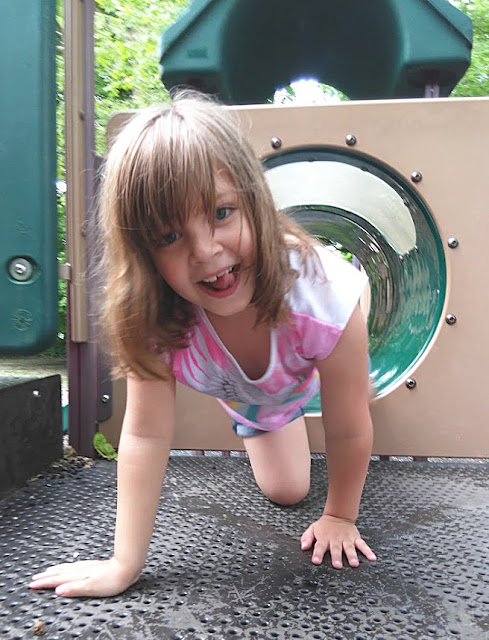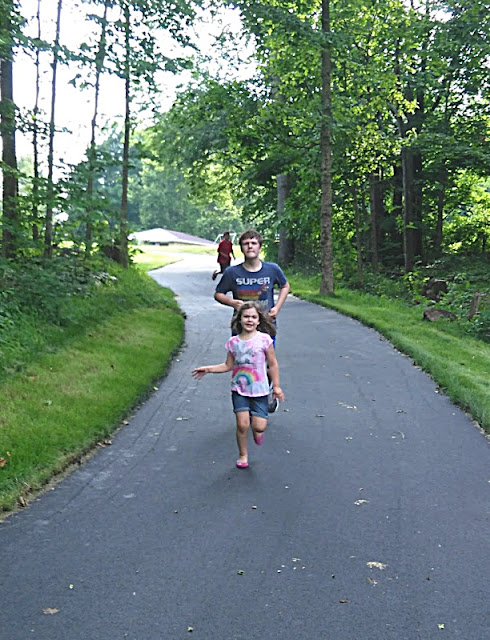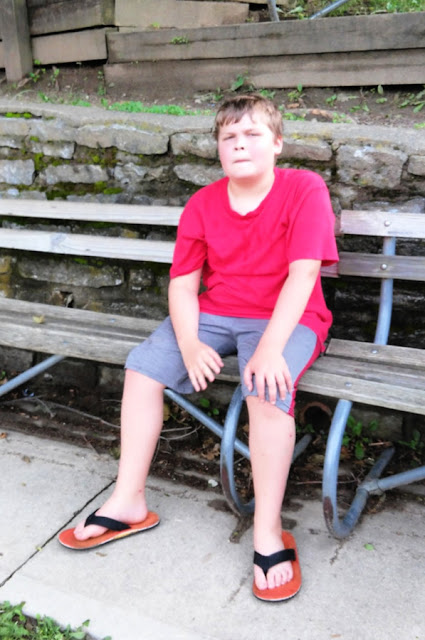Traveling with Infants on Family Vacations: Do's and Don'ts
Vacations are enjoyable for families, right? Family vacations allow us to focus on loved ones and spend quality time together without being bothered by the hassles and activities of everyday life. However, for most parents, traveling with and infant or small children is challenging. Especially, if you aren't prepared and you aren't sure about what baby items to pack for your vacation. So, if you need some tips for traveling with a baby or toddler on family vacation, you've come to the right place!
This post contains Amazon affiliate links.
Here are some do's and don'ts tips for traveling with an infant on family vacation:
Do’s
1. Make a Checklist for Essential Baby Items
Sit down in advance of your trip and make a check list for your vacation with all of the required items you'll need for your infant. If you make the list weeks ahead of time, you can add to it as things pop into your head. The most important tip for traveling with a baby is be prepared.
While traveling with a baby, you need to be careful of every last detail. If you’re traveling by air, you'll rarely find adequate baby supplies. Be sure to bring along all of the baby items that your baby will require on the trip to avoid any disruption of your travel schedule. A check list helps to avoid last minute hassles that may cause you to forget essential items like a compact travel bottle warmer and delay your trip.
While traveling with a baby, you need to be careful of every last detail. If you’re traveling by air, you'll rarely find adequate baby supplies. Be sure to bring along all of the baby items that your baby will require on the trip to avoid any disruption of your travel schedule. A check list helps to avoid last minute hassles that may cause you to forget essential items like a compact travel bottle warmer and delay your trip.
2. Carry Enough Food
Pack enough baby food, but know what works best for your trip. You don't want your baby scattering everything around; therefore, avoid messy, sticky, or crumbly foods. Also, carry some spill-proof cups for your baby's' water or milk. If traveling by air, be sure to check on what foods or how much liquids are allowed on the plane. You don't want to have to throw out items that you spent your hard earned cash on just before boarding the plane.
3. Accept Assistance from Strangers
This may seem weird, but it's okay to accept some forms of help from strangers. Whenever a flight attendant or fellow passengers see an unsettled baby, they often try to offer support. So, if someone volunteers to soothe your baby, allow them to do it, but keep a close eye on them, of course.
Sometimes, your baby is just tired of you. Babies know how to push our buttons. A change in scenery in the form of a smiling face can make all the difference. Your stressed, worried face, may cause baby to become inconsolable. Infants look to their parents for signs of safety. If you're stressed, chances are, they're stressed.
Sometimes, your baby is just tired of you. Babies know how to push our buttons. A change in scenery in the form of a smiling face can make all the difference. Your stressed, worried face, may cause baby to become inconsolable. Infants look to their parents for signs of safety. If you're stressed, chances are, they're stressed.
4. Carry some Medications
In the past, some parents often medicated their kids before traveling to help make the journey easier. on everyone. You may still get similar advice from friends and loved ones, but it's not always the best advice. Don't medicate your baby if it's not necessary. However, it's a great idea to pack some medicines in case of emergencies. Again, depending on your mode of travel (plane or cruise ship,) call ahead to make sure you're allowed to bring along meds for your baby.
5. Pack Extra Clothes
One of the most important factors to consider when traveling with an infant is proper packing. Pack enough clothes for yourself, but ensure that you carry extra clothing for your baby. Your baby might spill food, wet, or even vomit on their clothes.
It's gross, you don't want to be stuck without enough baby clothes when you have no place to wash the dirty ones. You may also need some warmer clothes in a warm destination, you can never be sure of the weather! A light jacket is always a good call.
It's gross, you don't want to be stuck without enough baby clothes when you have no place to wash the dirty ones. You may also need some warmer clothes in a warm destination, you can never be sure of the weather! A light jacket is always a good call.
Also, be sure to take along some extra plastic bags. Recycled grocery bags come in handy for catching baby puke and trapping the nasty smell of infant diapers, they may not be available in the airplane.
Keep all of your baby's essentials in your handbag, rather than a diaper bag, as it will make it easier to access when needed. It's not pleasant to think about it, but you'll be happy you prepared for puke when an incident occurs.
Keep all of your baby's essentials in your handbag, rather than a diaper bag, as it will make it easier to access when needed. It's not pleasant to think about it, but you'll be happy you prepared for puke when an incident occurs.
6. Seating Arrangements
When you book your flight, be sure to choose the best seats for traveling with an infant. Make sure that not only your comfort is catered for but also that you've planned for your baby's comfort. For instance, an aisle seat is an excellent option when traveling with a baby, as it enables you to move around with your child without annoying the other passengers.
When you book your flight, be sure to choose the best seats for traveling with an infant. Make sure that not only your comfort is catered for but also that you've planned for your baby's comfort. For instance, an aisle seat is an excellent option when traveling with a baby, as it enables you to move around with your child without annoying the other passengers.
7. Carry some Toys
When on a family vacation, the last thing you want is to get stressed out by a crying baby. To keep your baby in a happy mood, pack baby's favorite playthings to keep them distracted. Be sure to pack one or two toys that don't have detachable parts, aren't so small that they're easily lost, and are easy to carry.
Don'ts
1. Baby items - Don't assume that it'll be easy to get your baby's stuff to the airport or onto the plane. To ensure a more peaceful trip, carry on all that your baby will need.
2. Watch what you give your baby - Avoid sugary foods; a sugared-up baby is no fun on a trip!
3. Toys - Avoid carrying toys that could harm your baby if broken or that are bulky or too heavy.
4. Avoid heavy luggage - Only pack what you need for your trip, it's much easier to travel with light luggage. For the less essential items, consider purchasing them once you arrive at your travel destination and donate or throw away any unused items before you head back home.
Final Thoughts
Traveling with a toddler or infant is often stressful, but it's easier if you're prepared and bring along the necessary baby essentials for the trip. Remember, carry enough baby food, pack lightly, have essential meds, and don't forget baby's favorite toys.
If you make a checklist for baby items and check it off as you pack, you'll be sure to have the most important things needed for traveling with your baby. This way, you'll enjoy your vacation no matter how far away the destination.
Recommended:
Fun Places to Take Toddlers: Rhythm Center in Indiana
Baby Toys for Travel
Vacation with Toddler Tips
If you make a checklist for baby items and check it off as you pack, you'll be sure to have the most important things needed for traveling with your baby. This way, you'll enjoy your vacation no matter how far away the destination.
Recommended:
Fun Places to Take Toddlers: Rhythm Center in Indiana
Baby Toys for Travel
Vacation with Toddler Tips

























